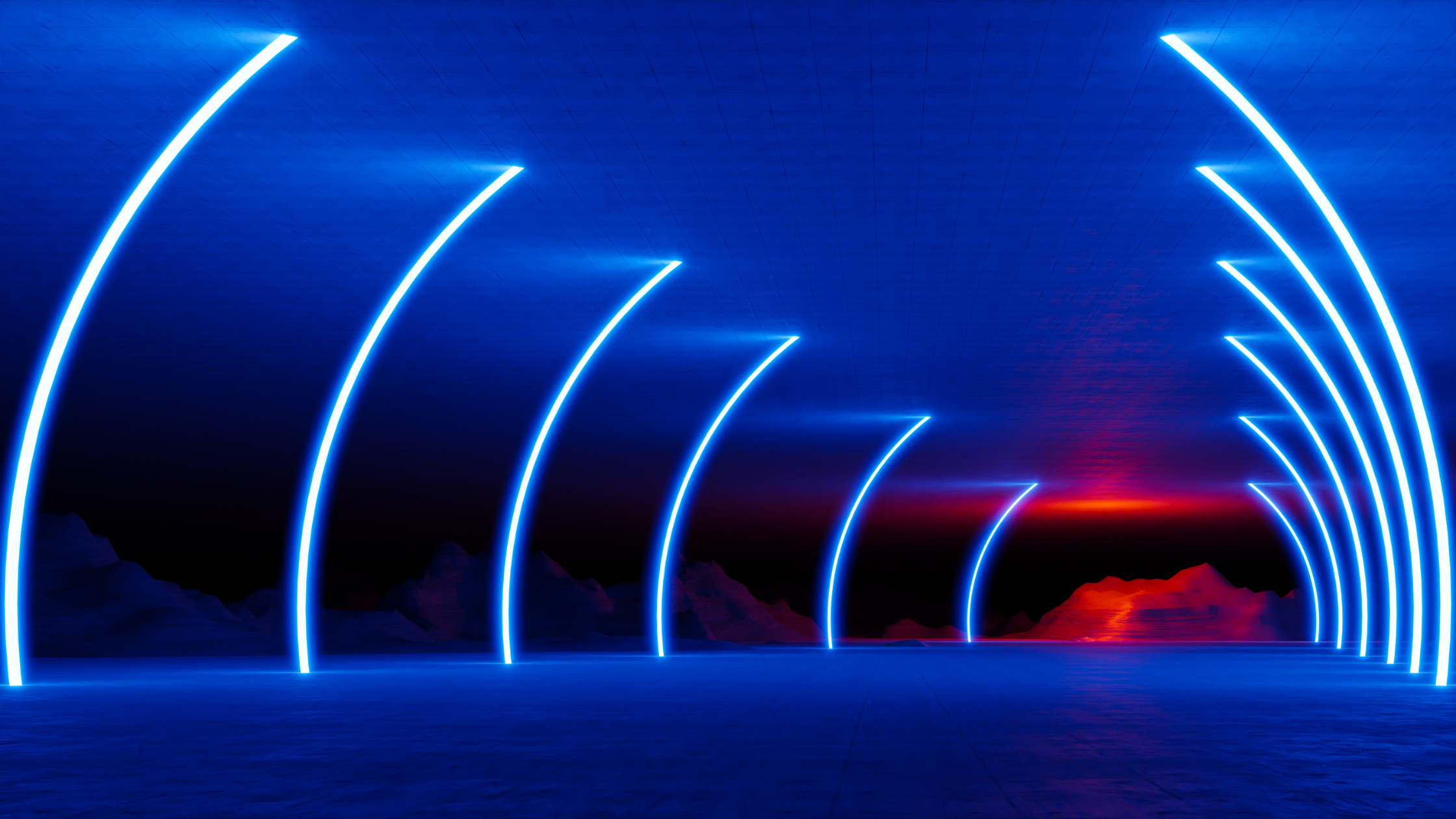For thousands of years, there were not a lot of advancements in surveying; then, the computer age was born. Since the 1970s, survey technology has advanced rapidly, resulting in new tools, including GPS, Ground Penetrating Radar, Robotic Total Stations, Drones, and 3D Scanners.
3D scanning has helped surveyors move toward a highly efficient and fast future in surveying and geomatics, leaving behind hefty data entries and long hours of collecting information.
So, how does 3D laser scanning work, and what are its benefits? Let’s find out.
What is 3D Laser Scanning, as it relates to Surveying and Geomatics?
3D Laser Scanning is a technique surveyors use for high-volume data collection with excellent accuracy and lesser recording time. The data captured in a 3D scan is used to produce a 3D point cloud (thousands to millions of points), with each point having an XYZ coordinate. This point cloud can be used to extract as-built information of a site, and then use that information for future design work.
When combined with HDR photography, the technology contributes to developing photorealistic representations and visualizations of a given space. 3D laser scanning is also used in Building Information Modelling (BIM). In open spaces, it contributes to the 3D modeling of landscapes, structures, and areas.
Several 3D scanner options include terrestrial (using a tripod), mobile, and vehicle-mounted. The method chosen is project dependent.
Benefits of 3D Laser Scanning
- Rapid results for less time on the field
- 3D laser scanners capture thousands of points per second, thus offering an unbeatable speed at data capture.
Single tool, multiple roles
- 3D scanning is a versatile technology. It contributes to numerous land surveying needs, from strategy planning to execution. These include monitoring, creating 3D drawings, pre-project scans (as-builts), reconstructing accidents or crime scenes, and more. 3D scanners are also used to measure and model structures such as bridges and buildings while contributing fruitful information for industrial upgrades.
Accurate readings for pinpoint precision
- No other technology or technique in surveying has beat the precision provided by 3D laser scanning. Thus, by using 3D scanning in geomatics, you can expect highly accurate data. As a result, you can plan your projects precisely, reaping highly accurate results.
- 3D laser scanning is beneficial when planning restoration projects or building extensions due to its precision. Additionally, they help overcome the limitations of conventional tools and techniques. For example, 3D laser scanning proves helpful on hazardous sites, where the industry does not recommend traditional approaches.
Cost-effective in the long run
- 3D laser scanning tools cost more than conventional tools of surveying. However, if your company works on long-term projects and is in the field for the long term, a 3D scanning device can help cut costs.
- The lightning-fast speed of recording data makes your hours on the field short. Furthermore, 3D scanners help with complete data collection, making it easy for surveyors to conduct investigations and analyses using that data in the future. This way, you can avoid costly return visits to the site.
Key Takeaways
In geomatics, 3D laser scanning surveys provide incomparable speed, precision, and efficiency. One can study a structure remotely and collect millions of data points using 3D laser scanning, thus increasing the efficiency and quality of the project.
If your project deals with bulk information and relies on precise calculations, 3D laser scanning is a proven solution for enhancing your work.

